Swazi Traditional Dresses: Preserving and Promoting Cultural Heritage
Swazi Traditional Dresses: Preserving and Promoting Cultural Heritage
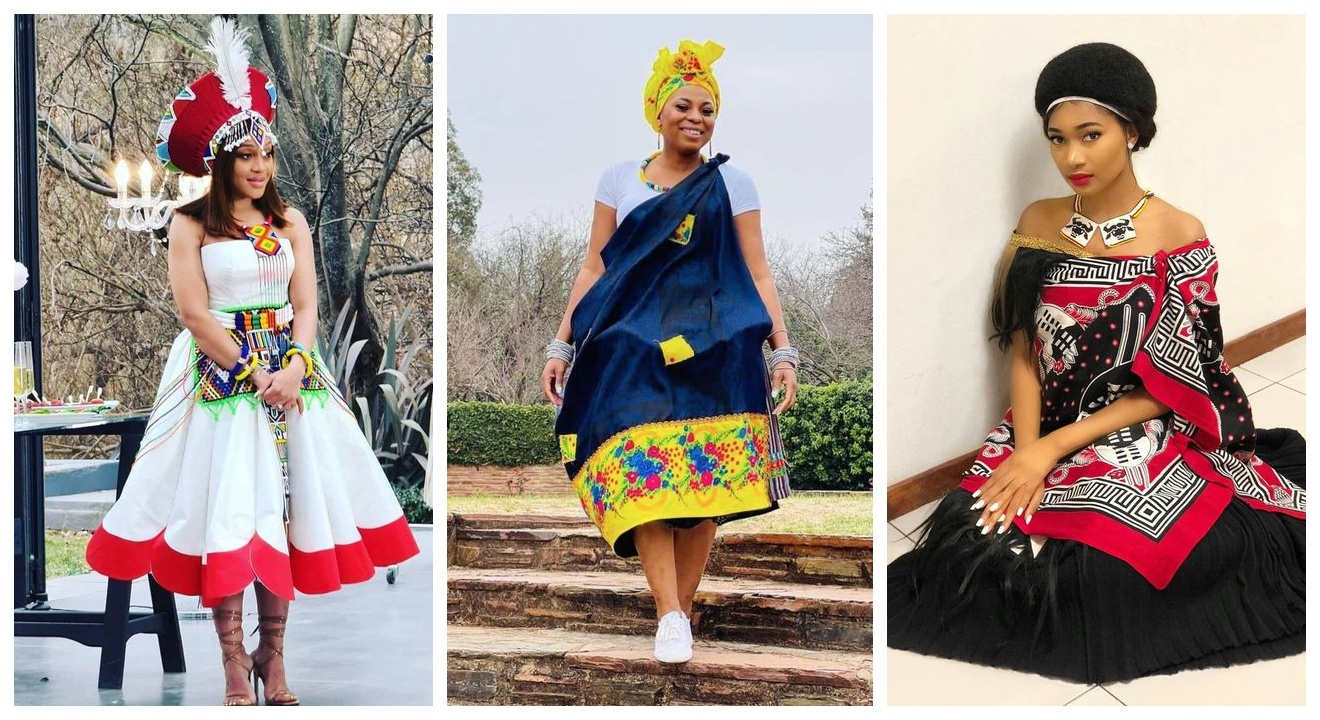
Introduction
Swazi Traditional Dresses: Preserving and Promoting Cultural Heritage
Importance of preserving and promoting Swazi traditional dresses
Preserving and promoting Swazi traditional dresses is of great importance in maintaining the cultural heritage of the Swazi people. These beautifully crafted garments not only reflect the rich history and traditions of the Swazi society but also serve as a symbol of national identity. By preserving these dresses, Swazis can ensure that their unique cultural heritage is passed down to future generations. Furthermore, promoting Swazi traditional dresses can help boost tourism and global appreciation for Swazi culture, contributing to the overall growth and development of the country.
Significance of cultural heritage in Swazi society
Cultural heritage holds immense significance in Swazi society. It shapes the identity, values, and beliefs of the Swazi people, providing a sense of belonging and unity. Swazi traditional dresses are an integral part of this cultural heritage as they represent the customs, rituals, and social norms of the Swazi community. By preserving and promoting these dresses, Swazi society can ensure that its cultural heritage remains alive and vibrant, fostering a sense of pride and appreciation among Swazi people and the wider global community.

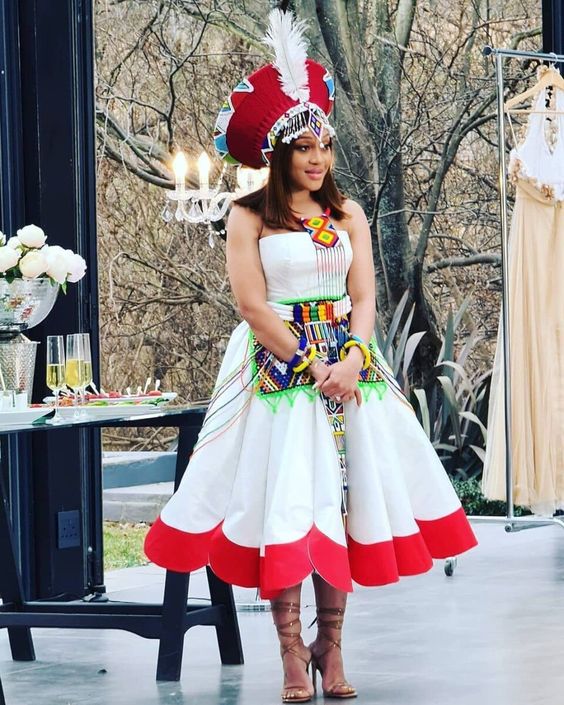
Traditional Dresses in Swazi Culture
Swazi traditional dresses play a vital role in preserving and promoting the cultural heritage of the Swazi people. These dresses are intricately crafted and hold deep meaning and symbolism. There are various types of Swazi traditional dresses, each with its own significance. They are not only a representation of the rich history and traditions of the Swazi society but also serve as a symbol of national identity.
Types of Swazi Traditional Dresses
Swazi women wear different types of traditional dresses, such as the emahiya, sidvasha, and lilanga. The emahiya is a vibrant, multi-layered dress adorned with colorful geometric patterns. It is often worn during ceremonial occasions and signifies femininity and cultural pride. The sidvasha is a wrap-around garment made from fabric called shweshwe. It is usually dyed in bold colors and symbolizes the importance of family and community. The lilanga is a more contemporary dress with a tunic-like design and bright prints, representing modernization and creativity.
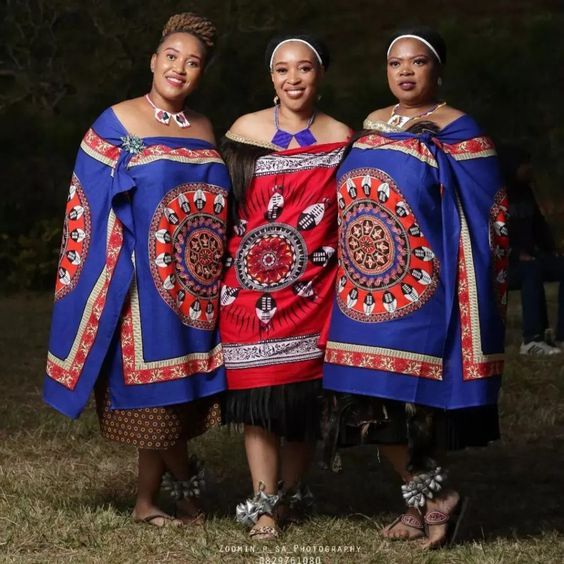
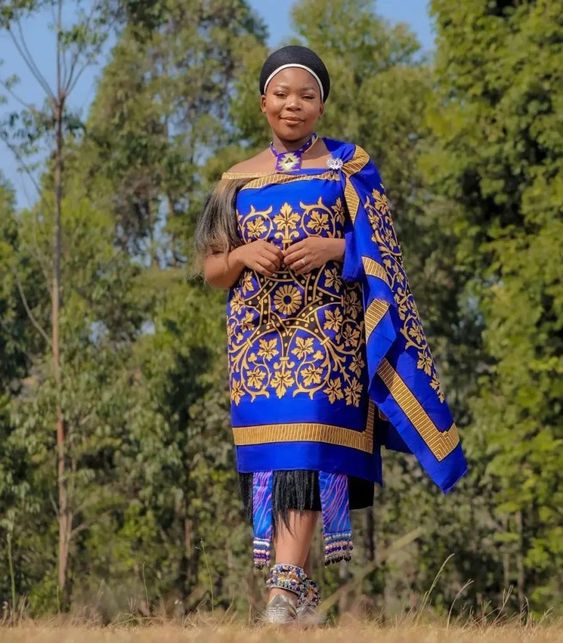
Symbolism and meaning behind each dress
Each Swazi traditional dress carries its own symbolism and meaning. The emahiya represents the Swazi woman’s beauty, fertility, and connection to ancestral spirits. The layers of the dress signify different stages of a woman’s life journey. The sidvasha symbolizes unity, as it can be passed down from generation to generation, perpetuating the values and traditions of the Swazi society. The lilanga, with its bold and vibrant prints, represents the dynamic and evolving nature of the Swazi culture.
By preserving and promoting Swazi traditional dresses, the Swazi people ensure the continued appreciation and understanding of their cultural heritage. These dresses are not just clothing, but expressions of identity, unity, and pride in being Swazi.

The Preservation Efforts
Swazi traditional dresses hold immense significance in preserving and promoting the cultural heritage of the Swazi people. Various organizations have dedicated themselves to preserving these dresses and ensuring their continued appreciation and understanding.
Organizations Dedicated to Preserving Swazi Traditional Dresses
There are several organizations that are actively involved in the preservation of Swazi traditional dresses. They work tirelessly to collect, document, and showcase these dresses through exhibitions, museums, and educational programs. These organizations not only preserve the physical dresses but also the stories, symbolism, and craftsmanship associated with them.
Initiatives and Projects Promoting Cultural Heritage
In addition to organizational efforts, there are several initiatives and projects that aim to promote the cultural heritage of Swazi traditional dresses. These include fashion shows, cultural festivals, and workshops that educate and engage the public in the importance of preserving and appreciating this unique aspect of Swazi culture. Such initiatives help to create awareness and pride in the traditions and values that these dresses represent.
Through these preservation efforts, Swazi traditional dresses continue to serve as a symbol of national identity and a testament to the rich history and traditions of the Swazi society.
Organizations and initiatives dedicated to preserving Swazi traditional dresses have taken significant steps in promoting the cultural heritage associated with these garments. Fashion shows and events are organized to showcase the beauty and significance of Swazi traditional dresses. By featuring these dresses on the runway, designers and organizers work towards educating and engaging the public in the importance of preserving this unique aspect of Swazi culture. Additionally, collaborations with contemporary fashion designers help to bring a modern twist to these traditional garments, attracting a wider audience and creating a bridge between the past and the present. Through these efforts, the preservation and promotion of Swazi traditional dresses as a symbol of cultural heritage continue to thrive.
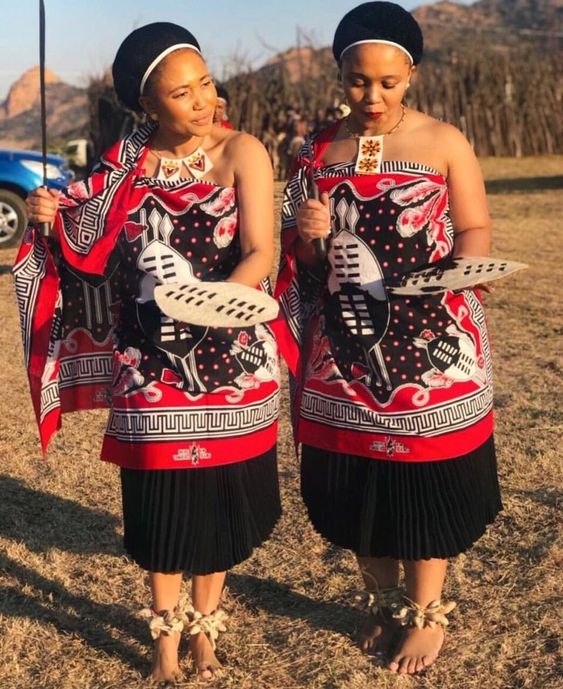
Economic and Sociocultural Impact
Role of Swazi Traditional Dresses in the Local Economy
Organizations and initiatives dedicated to preserving Swazi traditional dresses not only contribute to the cultural heritage of Eswatini but also have a significant impact on the local economy. The production and promotion of these garments create employment opportunities for local artisans, weavers, and seamstresses. The demand for Swazi traditional dresses also supports the local textile industry, providing a sustainable income for those involved in the supply chain. Additionally, the popularity of these dresses among tourists and visitors contributes to the growth of the tourism sector, further boosting the economy of Eswatini.
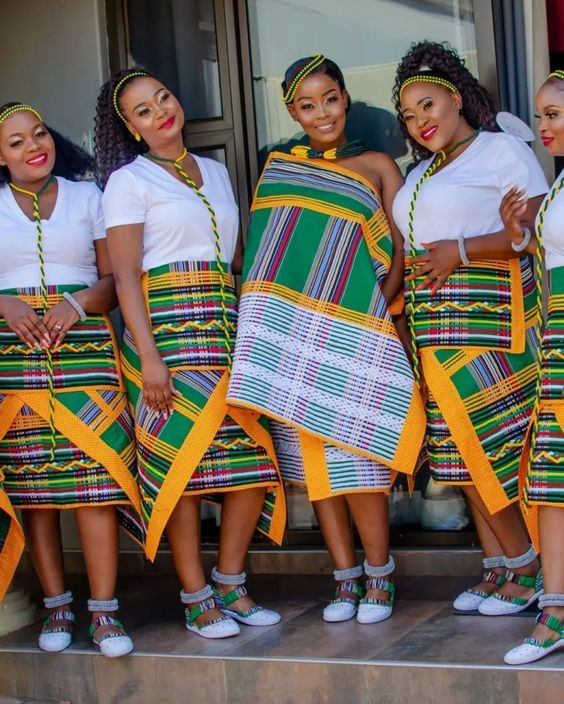
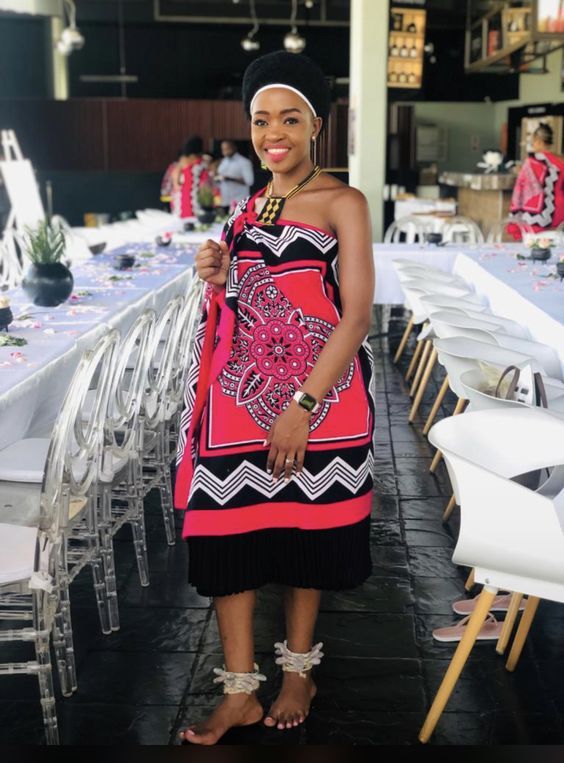
Preserving Cultural Identity and Reinforcing Cultural Pride
Swazi traditional dresses play a vital role in preserving the cultural identity of the Swazi people and reinforcing a sense of cultural pride. These garments symbolize the rich history, traditions, and values of the Swazi culture. By wearing and showcasing these dresses, individuals and communities celebrate their heritage, keeping traditions alive for future generations. The preservation and promotion of Swazi traditional dresses not only serve as a reminder of the past but also as a source of inspiration for contemporary Swazi fashion and design, fostering a sense of cultural continuity and pride among the Swazi people.
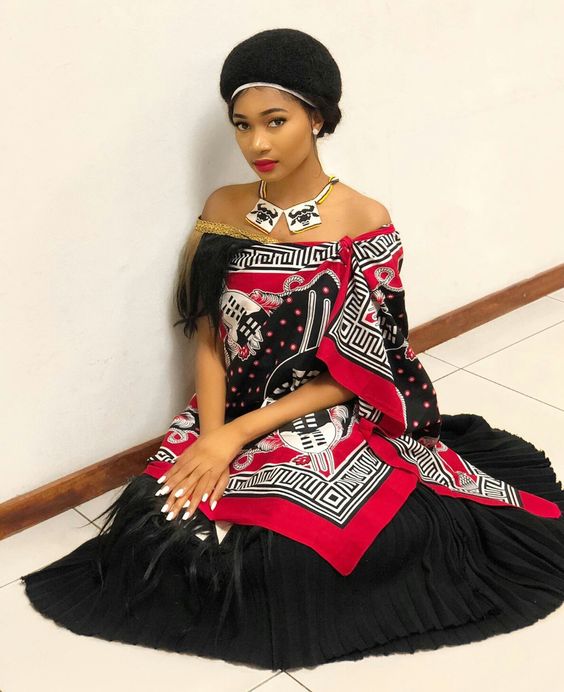

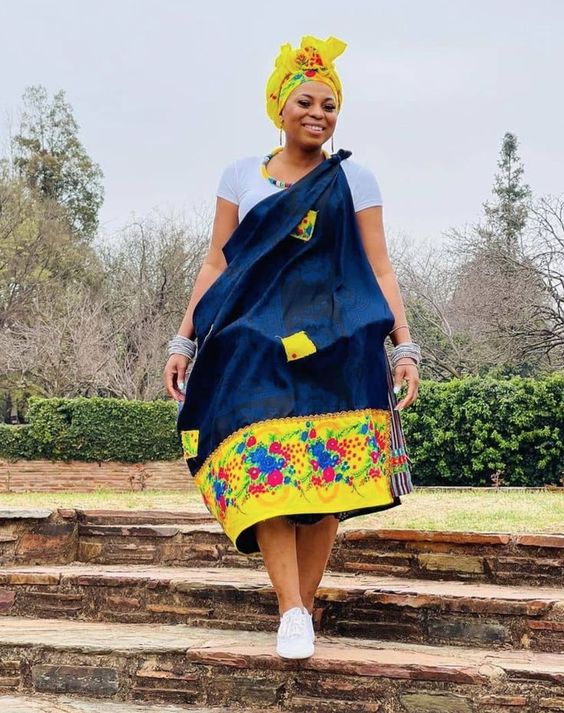
Comments are closed.